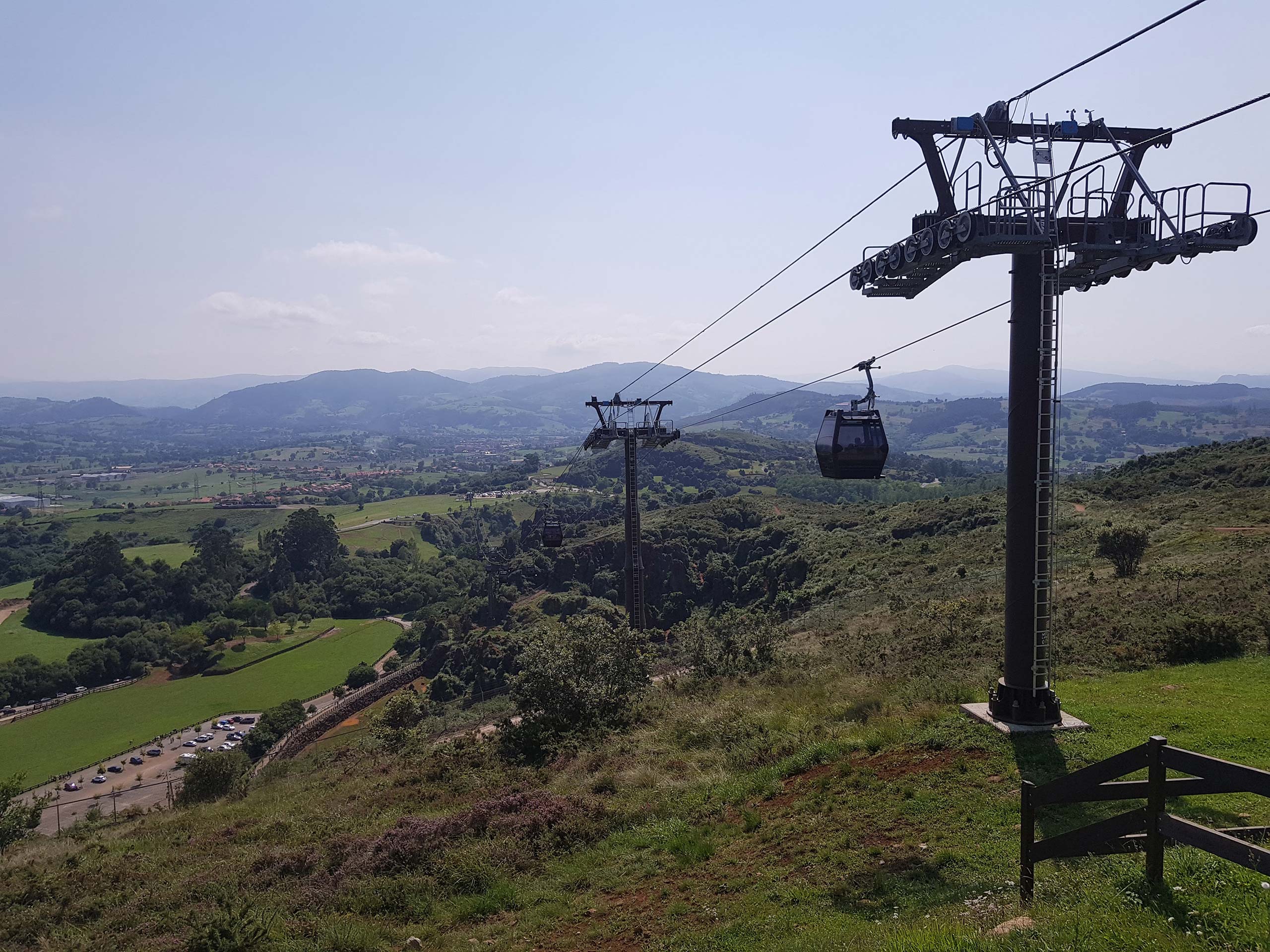There is a growing tendency to locate theme parks, adventure parks, animal parks and other leisure and tourism facilities within nature sites. These sites are spread over vast areas of land, which requires the use of transport and mobility systems for visitors, including those with disabilities, to facilitate movement between the various attractions.
At the same time, these means of transport represent an opportunity for visitors to experience the many attractions and shows offered by these parks, in a different and faster way. Moreover, if it is feasible and it is decided to charge for the service, transport will contribute significantly to their economic performance.

An example of the synergy between nature and entertainment can be found in the Cabárceno Nature Park in Cantabria, Spain. Visitors have at their disposal a cable car, which winds through the park’s skies, a service that was not present in its first stage of development. This cable car has become the most popular visitor attraction and, in addition to its transport function, offers a high vantage point from which to admire the animals’ vast habitats from above.
Another example is Eurodisney in Paris, France. In this theme park, a series of perimeter trains take users from one area to another, with stops designed in accordance with the overall theming. Visitors therefore enjoy an additional comfortable and scenic experience.
These examples illustrate the importance of considering and exploring all possible options and combinations in the design of theme parks, adventure parks or animal parks with respect to the internal means of transport. This ensures a unique and enriching experience for all visitors.
By Pablo Vidal, Senior Architect in Amusement Logic’s Architecture Dept.






